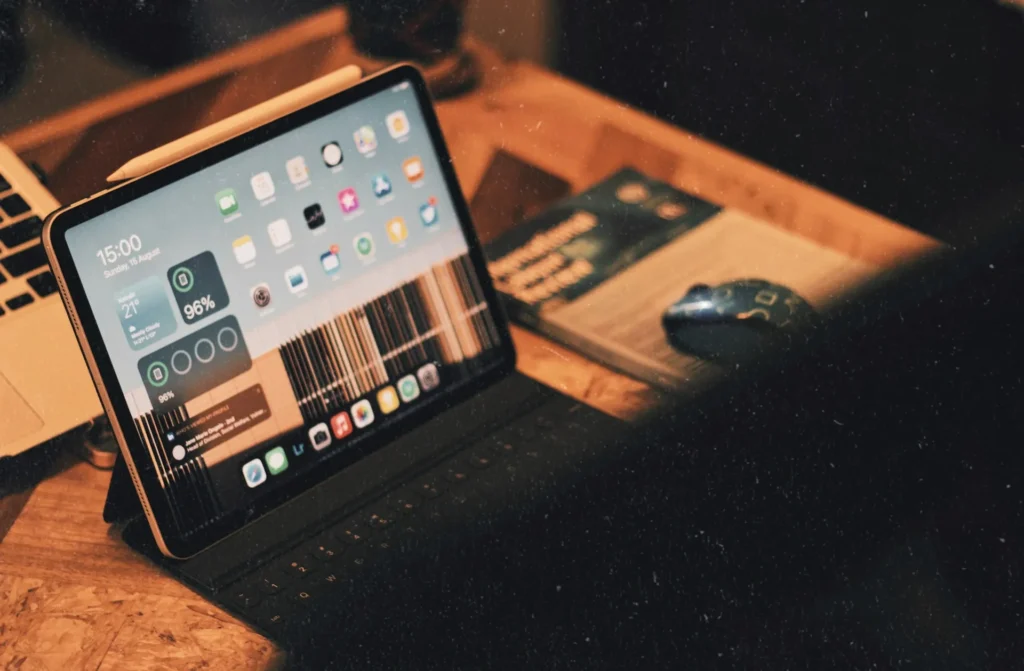COM A replacement shows up out of nobody. has stopped working when you look at pictures or watch videos. Don’t worry, there must be a solution for this mistake as most users experience it. We’ll talk about how to repair this problem in this post.
Why does the COM Surrogate always stop working, and what is its purpose?
The dllhost. procedure, sometimes referred to as asCOM Surrogate, is most likely only visible to you when it breaks and displays the warning “COM Surrogate has stopped working.” Why does this COMFake keep crashing and what does it mean?
The sacrificial process for a COM object that is run outside of the process that requested it is known as the fancy term COM Surrogate. For example, Explorer uses the COM Surrogate to find thumbnails. Explorer will launch a COM Surrogate and use it to calculate the thumbnails for the documents within a folder if thumbnails are enabled. Explorer acts in this way because it has come to understand that thumbnail extractors are inefficient. Because Explorer has chosen to accept the performance hit in return for increased reliability, these dubious portions of code have been removed from the main Explorer process. The COM Surrogate process is destroyed by the thumbnail extractor crash instead of Investigate.
The COM Surrogate is the code that says, “I’m going to ask COM to host it in another process because I don’t feel good about it.” In this way, in the event of a crash, the COM Surrogate sacrificial process will crash instead of my process. In addition, when it crashes, it just shows that Explorer’s worst dreams came true.
In actuality, an incorrect codec is most likely to blame if you experience these kinds of problems while exploring folders containing media or video files. So let’s get started and discover How to Fix COM. With the aid of the lesson provided below, the surrogate has stopped operations.
Methods for Correcting COM The surrogate has ceased to function.
Method 1: Update Codecs
Updating the codec appears to be an appropriate fix as the issue pertains to viewing photographs and videos, and it should help you with the COM Surrogate error. The most recent version of Codec for Windows 10, 8.1, and 7 can be downloaded from this link.
If you have Nero or DivX installed, you might want to update them to the latest version. Sometimes, these programs need to be removed and installed again to function properly.
To fix the issue, you can try renaming the file C:\Program Files\Common Files\Ahead\DSFilter\ if you’ve upgraded both DivX and Nero.between NeVideo.ax and NeVideo.ax.bak. Renaming Ne VideoHD.ax to Ne VideoHD..bak may be required, but it this will interfere with Nero Showtime.
Method 2: Disable the thumbnail
While switching off thumbnail previews should temporarily cure the issue, this isn’t the best way to repair COM. The surrogate was unable to work.
Method 3: Re-register DLLs
Returning a few DLLs with Windows could fix the problem connected to the COM surrogate. To carry out this:
- Select “Command Prompt (Admin)” by right-clicking on the Window button.
- Type the following commands into the CMD window, pressing Enter after each one:
This can resolve the COM issue. The issue with the surrogate has stopped working, but if it hasn’t, keep reading!
Method 4: Hard disk error checking
Using the check disk utility, which is shown here, is another method of solving the COM Surrogate problem.
Method 5: Disable DEP for “dllhost” file
For a great deal of people, turning off DEP for dllhost.exe appears to resolve the issue, so let’s look at how to achieve that. I went into more detail about it in my earlier post about turning off DEP.
- In the final step, select Add according to below.
2. Choose the following executable files from the Add pop-up box.
- After choosing the dllhost file and clicking “open,” the following will appear:
- After choosing the dllhost file and clicking “open,” the following will appear:
Method 6: Rollback Display Driver
Driver changes on Windows 10 may resolve the issue if recent display driver updates are the source of the error. However, you need to do this action only if an issue develops after updating your drivers.
- Choose Properties by doing a right-click on This PC or My Computer.
- At this point, click Device Manager on the left.
- Click on Display Adapters, and select Uninstall from the menu by right-clicking on the display device.
- A pop-up box will appear, and you must select “Delete the driver software for this device” and press OK. Both the device and the driver software that was got via Windows Update will be removed by Windows. After that, you can install new driver software.


